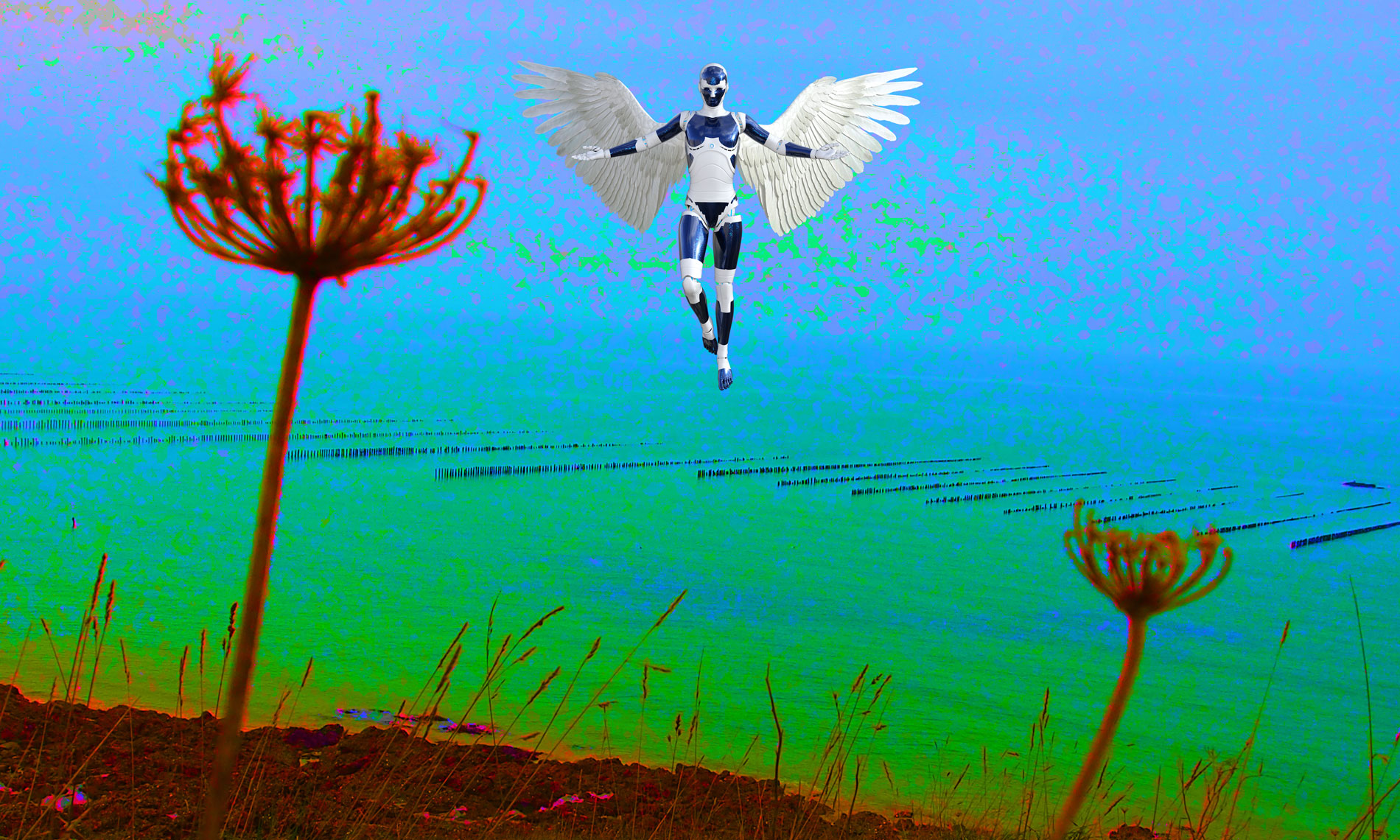
The awakening of consciousness and inner upliftment has always been the central concern of very ancient civilizations: Sumerians, Persians, Egyptians, Celts, Mayans, Chinese, all the oldest peoples have followed this tradition and reproduced this education. Follow me to Egypt to track the signs of awakening. Beware! They only show themselves to those who open their third eye wide.
The eye of Horus
It is not only the pineapple of the pineal gland that connotes awakening in ancient representations. Many other symbols have been used according to countries and eras. In Egypt, the eye of Horus or rather the eye of Wedjat fulfils this function.
It was noted that the drawing of Horus’ eye was reminiscent of the shape of the epiphysis and the complex it forms with the hypothalamus, thalamus and dura-mother at the centre of the brain. All the anatomical details are in their place and size, we can no longer speak of coincidence – never again, because chance does not exist, nor coincidences.
“According to the myth, Horus, son of Isis and Osiris, lost an eye in the fight against his uncle Seth to avenge the murder of his father. During the fight, Seth pulls out his left eye, cuts it out and throws the pieces into the Nile. Thot fishes out all the pieces except one. He miraculously substitutes the missing fragment for the eye to function again.” (source)
There are, as often, other versions of the myth. But in any case, the damaged eye was miraculously restored by Hathor, the goddess of heaven, women, fertility and love, or Thoth, the god of words, magic, wisdom and the moon. And as the eye of Horus was magically restored, the ancient Egyptians deduced that it contained healing properties. (source)
According to ancient Egyptians, the eye is not just a passive organ that we used to see the world. For them, the eye had special powers related to protection, anger and action. They thought the eyes possessed a powerful energy, capable of casting evil spells at a glance. They also believed that the evil eye can be countered by a “good eye,” leading people to believe in the protective power of Horus’ eye.
In hieroglyphics, the Eye of Horus is represented by seven different symbols meaning «to take action» or «to make». The sailors exploited his powers by painting it on their ships to protect them from dangerous voyages and keep the forces from evil. This way, it looks like the symbol of the evil eye. (source)
This is what legend tells us about Horus and his lost eye. Now, who said that the Wedjat eye was the one lost by Horus? As we will see later, Wedjat means something else.

Wedjat
The name Horus Eye is late. It spread to Egypt at a time when the memories of Atlantean and hyperborean teaching were diluted in symbolism and superstition. We rarely make that critical distinction. The gods before us taught us everything. Our civilization began very high. Science and consciousness, working together, reached a level that one could hardly imagine.
Then the decline has done its work. And symbolism has appeared to fill the voids dug by oblivion.
Let’s see if Wikipedia understands anything. “The Wedjat Eye had a magical function linked to prophylaxis, the restoration of completeness and the vision of the invisible. It was depicted on sarcophagi and pectorals. The innumerable Wedjat-shaped amulets protected their bearers. At the time of the mummification, the embalmers placed it on the incisions they had made. The Wedjat Eye was also painted on the prows of the boats, allowing them to see the invisible and hold their course.” (source)
No. As usual, Wikipedia is barking up an invisible tree. Which will not improve its vision. It speaks of the Wedjat eye with the decadent language of late Egypt. Wedjat, Horus, no difference for Wikipedia. Too bad if not surprising…
Obviously, when one starts from the principle that the older it is, the dumber it is, one cannot conceive of the decline of all civilizations as an inevitable thing. And yet, the second principle of thermodynamics is absolutely clear: everything degrades. Including Wikipedia … and that will fuck up more and more, it’s in the order of things since the world is world. Let’s continue.
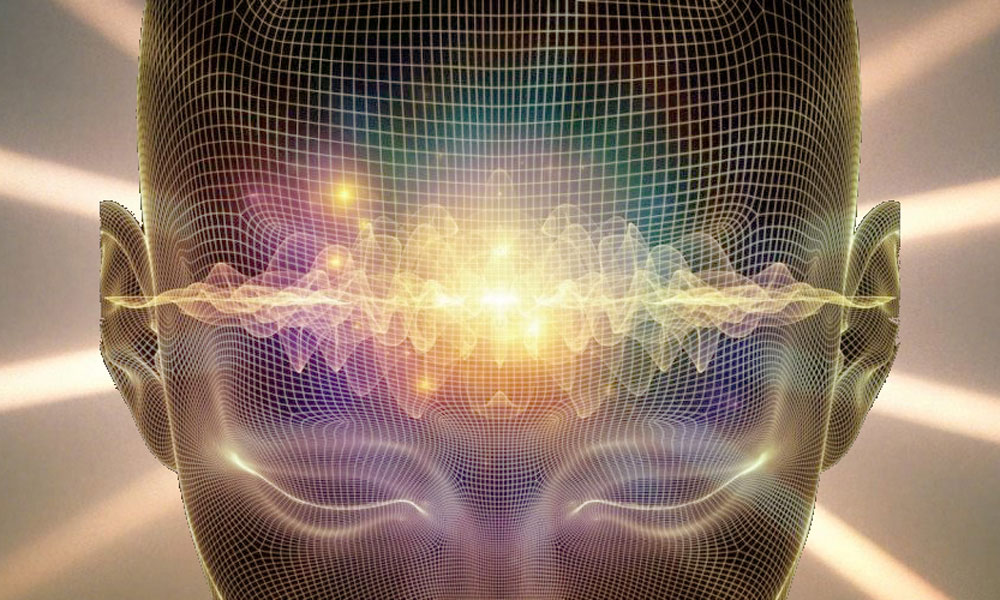
The eye preserved
Here is the beginning of the article that Wikipedia devotes to the the language of goslings: “In the transliteration of hieroglyphic writing, irt means eye and wḏȝ means preserve or protection. Irt wedjat, or more commonly wedjat, therefore means preserved eye, the Eye of Horus in this case.”
As it has the bad taste to brag about it, the online encyclopedia has chosen to follow the dominant thought. At the same time, it neglects the prodigious amount of inner knowledge that comes from Tradition and the lively science of myths. So, when you read the previous text, you say, “Hey? Would Wikipedia change its position?”
Because the preserved eye must bring them naturally to the third eye preserved inside the human brain as in the hollow of a nest, as opposed to the two eyes which are on the surface, unprotected on the face. Would Wikipedia understand the language of goslings? This is brand new!
My joy is short-lived, for here is the sequel: “Egyptologists generally consider the figuration of the Wedjat Eye to be a hybrid of human and hawk eyes, combining parts of the human eye, conjunctiva, pupil and eyebrow, with likely the spots below the hawk’s eye.”
We can see the way university works: the doctoral student Lambda learned that the Wedjat Eye is that of Horus, and he also knows that Horus is a hawk. Without questioning these two statements inherited from generations of scholars as naive as he, Lambda forgets the essential, the transcription of Wedjat Eye = preserved eye. He sticks to the official academic interpretation. For the dominant thought, Horus’s eye = human eye + hawk’s eye.
Too bad if not surprising …
The sensory eye
“Ancient Egyptians, leaders in medicine and anatomy, seemed to understand the complex functions of the central nervous system without the help of modern technology.” (source) As if technology could only be modern! But, well, I don’t expect the societal ego to accept to come on the same level as the former gods. It has taken billions of years to terraform our wild planet, but NASA estimates that in a few centuries, the terraforming of Mars will be accomplished. What incredible pride animates the human ants!
Let us return to our ancient Egyptians, still imbued with the wisdom of the former gods. Here is a list of each part of Horus’ eye that corresponds to the brain sections:

-
- Smell: The triangular part to the right of the eye is located in the olfactory triangle.
- View: The centre of the eye corresponds to interthalamic adhesions.
- Wisdom: Eyebrows correspond to the shape and position of the corpus callosum.
- Hearing: The left side of the eye triangle corresponds to the location of Broadman areas 41 and 42, which are the centres of human hearing.
- Taste: The tail-shaped objects in the brain correspond to the taste pathways.
- Touch: Teardrop-shaped objects correspond to the shape and position of the somato-sensory pathway and transmit many bodily sensations.”
(source)
Of course, this is not my quote. This is a quote I have some reservations about. There is a lack of clarity and precision in any scientific presentation. Yet I find some interest in it, so I give it to you as is.
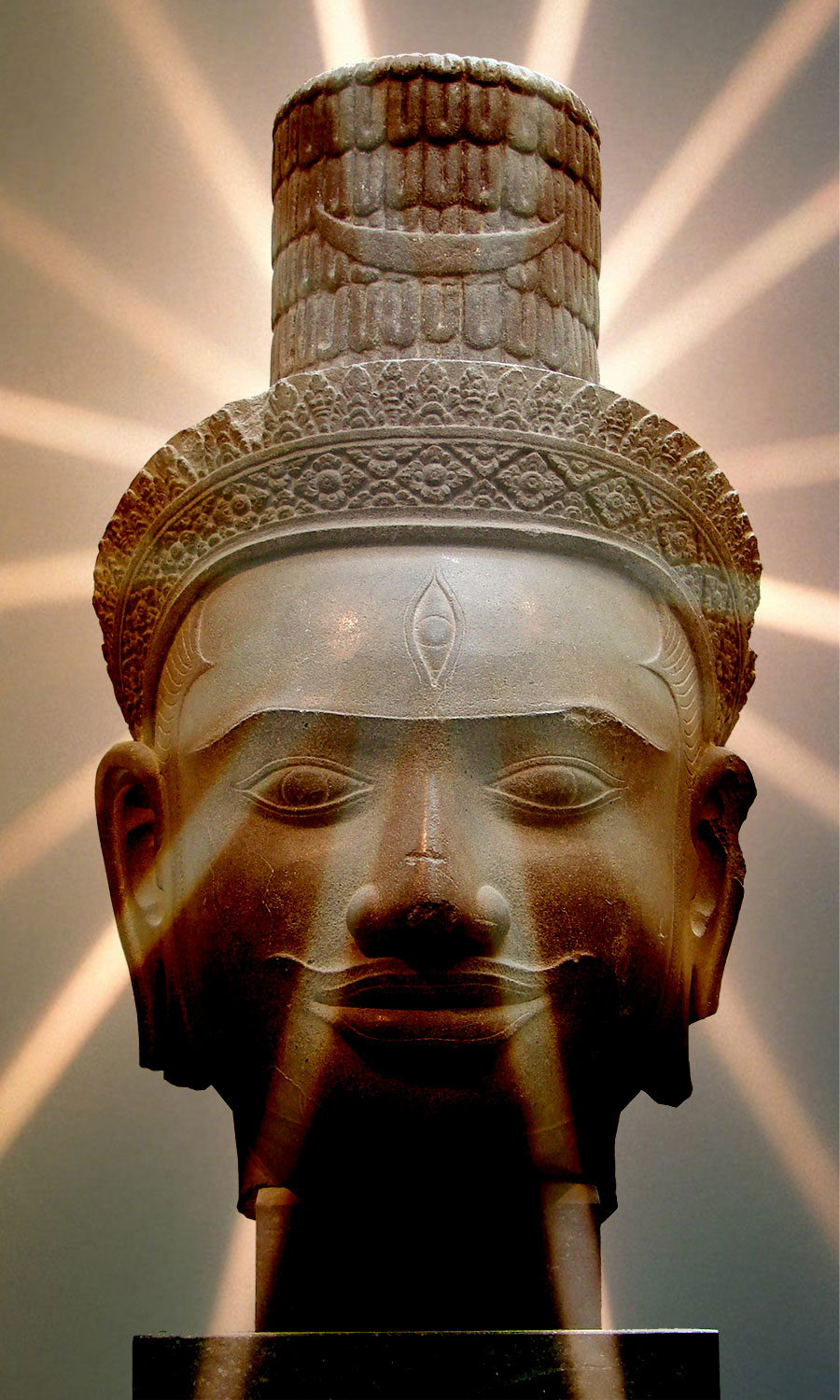 The Third Eye
The Third Eye
The third eye (also known as the “inner eye” or the “eye of the soul”) is a mystical and esoteric metaphor of Eastern origin that denotes, beyond the physical eyes, a third look, that of self-knowledge. In some traditions, the third eye is symbolically placed on the forehead, between the eyebrows.
In India, the third eye is called jnana chakshus or gyana chakshu, the eye of knowledge. It is located at the level of the sixth chakra, ajna chakra. Deities or saints are represented with a dot or mark on their forehead for this purpose. (source)
Thank you Wikiki beach! Always the same nonsense that I cannot resist the pleasure of pointing out. The third eye is not esoteric, it is a physiological reality. It is not a mystical metaphor, but a very concrete anatomical fact. It is placed on the front and it is not symbolic: it is very real on the contrary.
I explained that the Cyclops, the first humanity, had a third eye that was wide open, capable of projecting a ray of light so powerful that we could not see their other two eyes below. But as the ancient iconography shows, the Cyclops had three eyes and not just one. With the eons, the successive humanities have lost the use of this third eye, as they have lost many other faculties which we would call para-normal, and which, for the Cyclops, were quite ordinary.
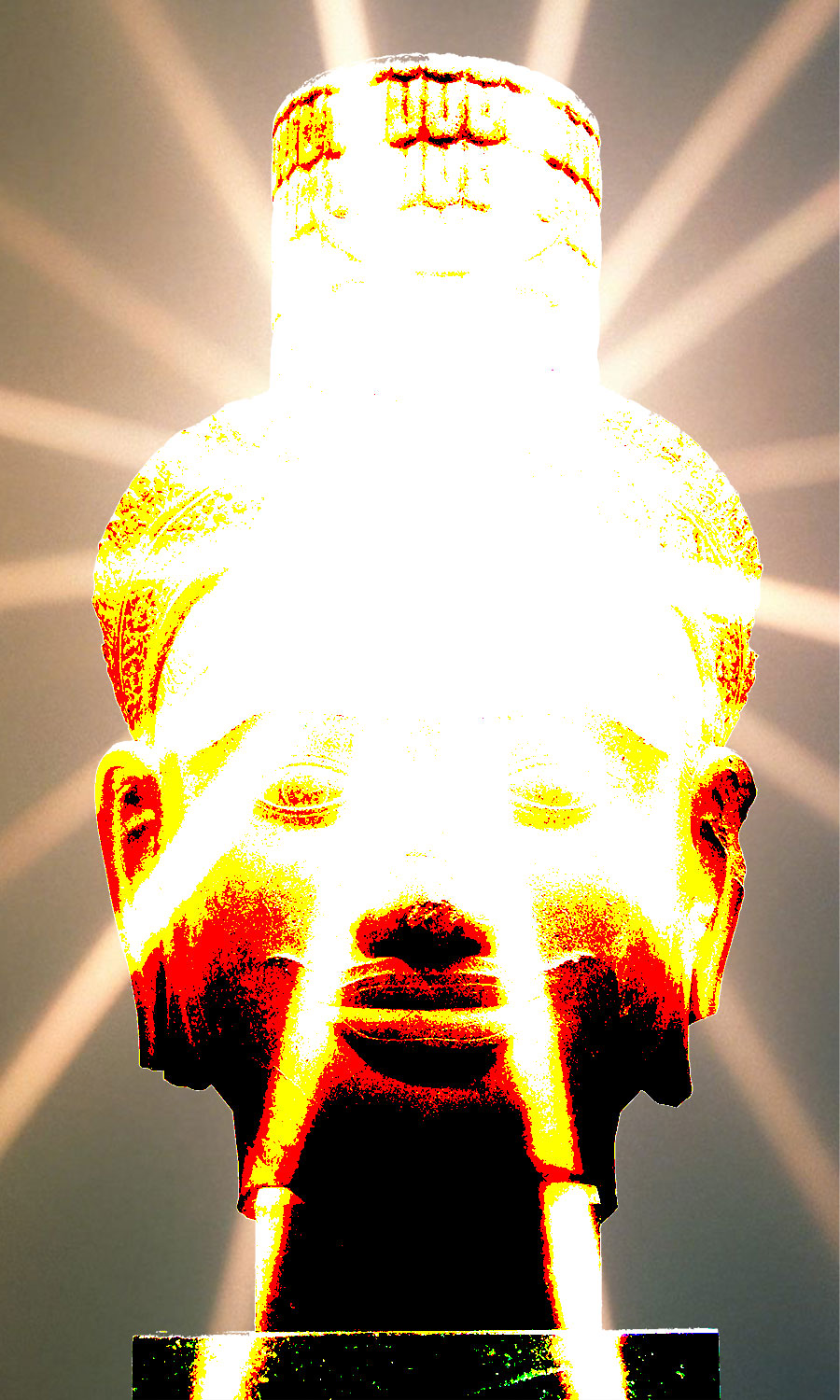 Atrophied eye
Atrophied eye
The pineal gland is located in the centre of the cervical mass. It is sometimes described in medical circles as the third atrophied eye. Max Heindel claims that this gland and another one he calls the pituitary body are in a state of sleep. When they wake up, man would then be capable of new, extra-sensory perceptions. (source)
For Max Heindel, this organ could wake up. While we are at it, the third eye could again spring from our forehead to emit powerful, destructive or repairing rays, like the Cyclops.
What is lost is lost, and I see no sign of a reversal of the decline that precipitates us further and further down. However, I know that awakening, our only goal worthy of the name, can open sensations that sleeping people do not have.
Awakening illuminates the chakras, which diffuse at each level their beneficial radiation. The activity of the pineal gland, stimulated by the intensity of the frontal chakra, allows the awakened a subtle knowledge that Castaneda calls the seeing of sorcerers.
René Descartes had very concrete insights into the pineal gland. He saw it as the seat of the soul. The third eye as relates to the inner world is a late Indian invention. Vedas are more explicit on this issue, as on many others. “When the eye of the forehead opens, the vision pierces the walls and travels through the landscapes that have disappeared in the course of time.”
What for?
An awakened person circulated the ascending torrent of kundalini along the central channel sushumna. It is wide open, well scrubbed, ready to send the purée. The double spiral of the lateral canals, ida, pingala, was cleaned from bottom to top. It is ready to play its part. Everything works fine. The awakened person pushes the cursor to the limit. He feels his last vertebra warm up slightly, trembling.
All along the spine, the tremor turns into a roar. One by one, the chakras enter into dance. Spin, spin, spin, small mill.Tourne, tourne, petit moulin is a French nursery rhyme The energy rises, undergoes the change in frequency of each of the chakras. Sex, control of desire. Belly, self-affirmation. Heart, unconditional love. Throat, acquisition of subtle powers. Forehead, opening of the third eye.
Its subtle eyelids have just opened on a new world. The awakened knows that he knows, sees what he wants, lives his life to be free. Finally free to choose without being chosen. To direct without being directed. To perceive without being perceived. To be unclassifiable without being downgraded. To be, actually.
Last chakra, ultimate barrier, the fontanelle will jump in a brief moment. If the rise of the Devil’s energy can take many months, the awakening process of the Tower is very fast. Just a few moments are enough. And the powers are there. Clarity. Energy. Power. Calm. Willpower. Intent. Control. And the enjoyment, the infinite enjoyment of being. Fully. Totally. Without shade, in full sun.
Sun of the heart. Joy of sharing. Wait nothing. Completeness. Quiet certainty, accepted uncertainty. The third eye is the sixth key. The fountain only needs to open. Sooner or later, you know it will open. You know it because you see. Wedjat is wide open. Awakening is your new home. Your shell. The gift of your person alive. There is nothing better.
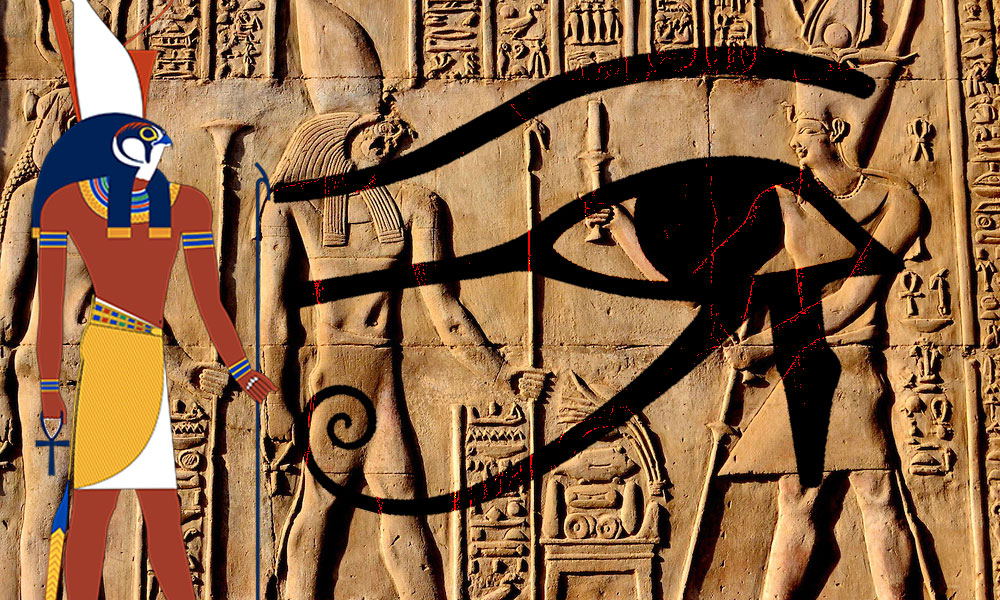
This article was posted in October 2014. It has undergone many modifications to the present, which is certainly not definitive…
Just a word
If you want to learn more about the third eye and its prowess, click here. (I’ve made some quotes from this article, refer to the full version)
While you’re at it, read these two saganian articles: Seeing — The Seven Degrees of Seeing.


